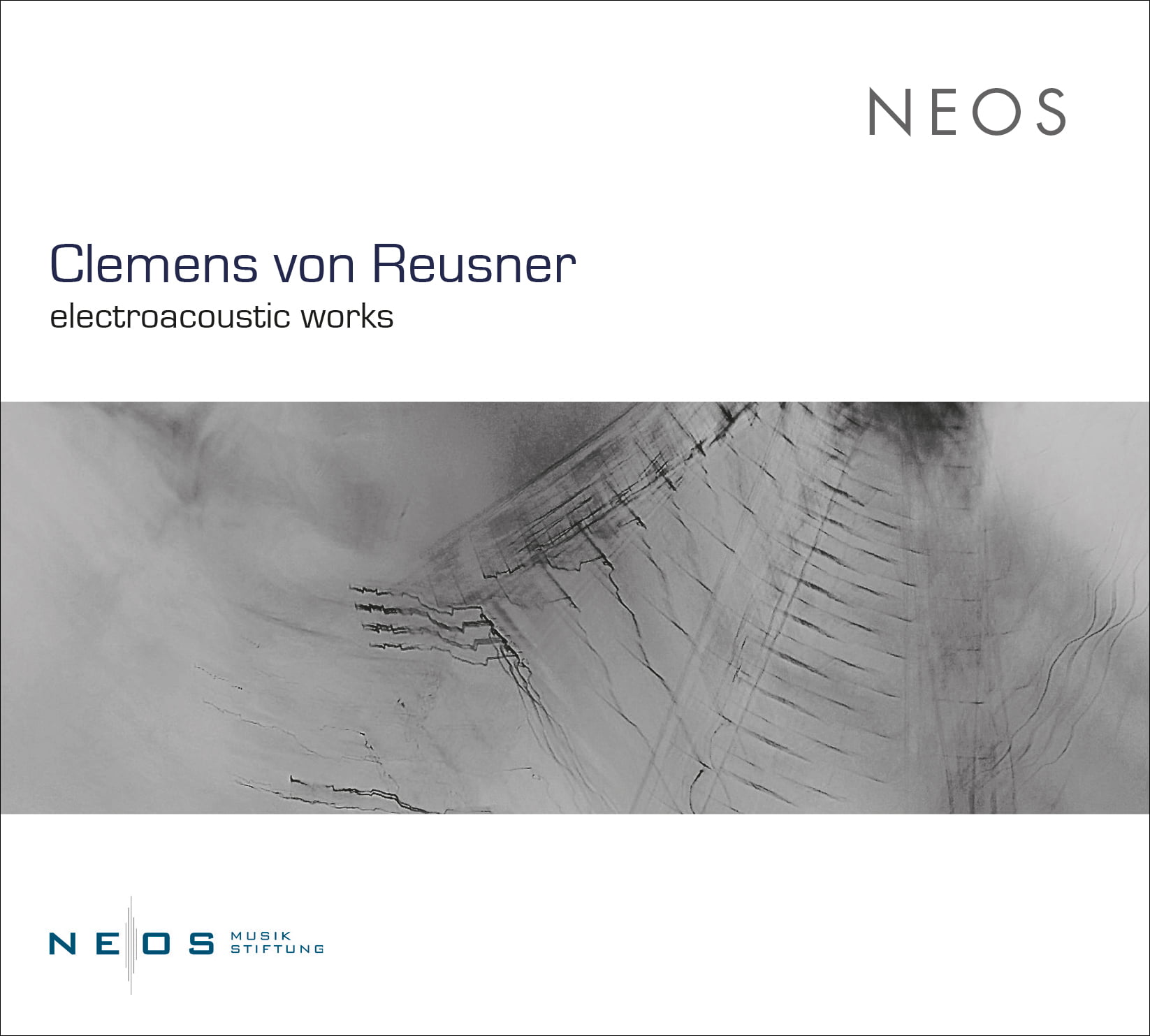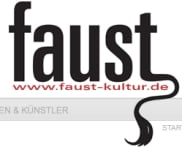infotext:
CLEMENS VON REUSNER · ELECTROACOUSTIC WORKS Clemens von Reusner creates acousmatic worlds in which natural and synthetic objects exist side by side and with one another, in sound shapes and movements. He works with sounds that he dissects, puts together, places in spaces from which they flee or in which they grow, and gives the ear a free view. People form images of aggregate states, changes, movements, they experience that things are fast or slow, that they collide and shatter into a thousand pieces. Analogies to life situations appear: striving for something, failure, success. Movements as braking, acceleration, pausing. No movement remains without consequences. Here one encounters organisms, their becoming and passing away in time. Sounds develop organically from an initial sound, appear in derivations, modifications and relationships and thus lead back to the nucleus of the composition in exciting movements between gestural and textural structure. In Clemens von Reusner's compositions, the end of something is therefore always the beginning of something new. The impact creates new items. They grow, change colour, migrate, unite. The union of objects reduces the number of objects again. The original objects disappear, the newly created develops autonomous powers. Even the iteration, often the bogeyman of electroacoustic music, transforms into something alive. The localization of the sounds takes place not only in space, but also in the sound spectrum, so it becomes possible to perceive the simultaneous existence of the musical forms with their changes and movements, their contrasts, their synergies. Clemens von Reusner works with different programs that enable free creation in the realm of sounds, with samples, synthesis and resynthesis working together, developing, accelerating and slowing down each other, and always with great determination. In this way, the material itself is revealed in a clear musical language with a clear phrase structure that allows for large arcs. In addition to all new ideas, traditional models such as exposition, imitation or recapitulation are not alien here. Real innovation is always based on what already exists. Anamorphosis, Defined Load Condition, CRIT and Topos Concrete are genuine eight-channel productions. The view of the compositional meaning and the tonal transparency is always retained in the stereo versions, even if the three-dimensionality of the sound movements achieved through the ambisonic process is only fully revealed in the 5-channel versions of the SACD and especially in the 8-channel concert versions .
Michael Hoeldke
In anamorphosis (2018) is about the processing of two contrasting structures that are exposed in the first part of the composition. Both are based on a short sound of a wooden door, which does not appear in the work in its original form. The structural nature of this sound, a rapid succession of short, time-varying repetitions, leads to the spectral and temporal variants of these structures, which are tonally developed in the second and third, more reprise-like parts. anamorphosis is dedicated to the artist Ernst von Hopffgarten. HO (2008) was realized by additive sound synthesis with the audio programming language »Csound«. Percussive islands of sound, spatial movement, modulated noise. echo in a wide space. moving surface. Deconstruction of the islands of sound, modification, compression and repetition. HO was awarded at the composition competition MUSICA NOVA 2009 of the Society for Electroacoustic Music of the Czech Republic in Prague and premiered there in December 2009. Defined load condition (2016) works with the sound of electromagnetic fields that arise when electrical devices are operated. This sound material, recorded with a special microphone, has hardly anything of what is otherwise characteristic of a "musical" sound. There is neither spatial depth nor dynamics. In their noisiness, the sounds are static, although moving inside. They usually seem bulky, even hermetic, like the well-known mains hum. With the resources of the electronic studio, their structure is examined and redesigned. Invited as a German contribution to the World Music Days for New Music, Vancouver, Canada, 2017 and nominated for the Prix Phonurgia, France, 2017. dry friction (Dry Friction, 2012) is based on sound gestures of metal surfaces. Close sound affinities arise through spectral sound processing and progressive changes in the sense of motivic-thematic work, which leads through different manifestations of friction. World premiere at the International Computer Music Conference (ICMC) 2012, Ljubljana, Slovenia. Means in the Sanskrit language KRIT extension (2018) »cut«, »cleave«, »twist the thread«, »spin«, but also »play« and »execute«. The base in KRIT extension is a chaotic basic sound that is cut up and rebuilt in many variations. In the course of the composition, both chaotic and even as well as selective and flat characteristics of this sound are developed and audible in different degrees of density and spatialization. Spheres of Inactivity (2013) is based on a multiply subharmonically filtered sound development of a synthetic frequency-modulated sound, whose spectral composition is based on the proportions of the golden section and which regains its original shape only at the end of the work. The individual sound forms connect in a slow wave movement. In contrast to this, there are impulses that have changed greatly in terms of their timing and their tonal quality, which appear in different acoustic spaces. World premiere at the Elektro Arts Festival 2013, Cluji, Romania. Topos Concrete (2014): The area (gr. topos) is a harsh and inhospitable landscape of mountains and valleys, although from a distance it appears smooth and flat. Concrete is a building material, a dry powder made of sand, granulated stones and cement as a binder - dusty, messy. Mixed with water, concrete becomes flexible and fluid, and in a metamorphosis of dehydration, it becomes dry, strong, and resilient again in any desired shape. Working with this almost native granularity and fluidity as well as solidity and differently designed rooms were the guiding principles in the development of the composition. In order to make solidified concrete audible, various objects made of glass, metal, paper, plastic, stone and wood were dragged along the floor - like an oversized pickup of a record player. The resonant movements of the objects were recorded with contact microphones. Topos Concrete is based on these sounds with their rich acoustic spectra and countless individual sound gestures and textures, which in turn are the building material of the composition with the means of electro-acoustic music. Finalist at the electronic music composition competition MUSICA NOVA, Prague, 2014. Clemens von Reusner program: [01] anamorphosis (2018) 07:18 [02] HO (2008) 13:06 [03] Defined load condition (2016) 11:41 [04] dry friction (2012) 12:56 [05] KRIT extension (2018) 10:12 [06] Spheres of Inactivity (2013) 09:29 [07] Topos Concrete (2014) 09:18 Total playing time: 74:34 World Premiere Recordings Tracks 01, 03, 05, 07 originally realized for 8 channels (third-order ambisonics). Press:
|


